Discover the Versatility of Thai Silk
Thai silk, renowned for its exceptional quality and texture, stands as a testament to traditional craftsmanship and modern utility. This fabric category encompasses a diverse range of silk products, each with unique characteristics and applications. From the lustrous mulberry silk fabric, a staple in the textile industry, to the specialized uses in industrial sectors, Thai silk offers a breadth of options for various needs.
Types of Thai Silk Fabrics
Within the realm of Thai silk, there are several distinct types to consider. Mulberry silk fabric, sourced from the cocoons of the Bombyx mori silkworm, is highly sought after for its purity and durability. This fabric is a cornerstone in the production of luxurious garments and accessories. Silk charmeuse, with its smooth finish and reflective sheen, is particularly favored for bridal wear, exemplifying elegance and sophistication. Beyond apparel, natural silk fabric variants are integral to high-end bedding collections, offering unparalleled comfort and opulence.
Applications of Thai Silk
The applications of Thai silk are as varied as its types. In the fashion industry, it's a preferred material for creating formal attire, such as suits and evening gowns, due to its refined appearance and texture. The fabric's adaptability also extends to home decor, where it adds a touch of luxury to upholstery and drapery. Industrial applications are equally impressive, with Thai silk fabric being utilized in the manufacturing of parachutes and bicycle tire casings, benefiting from its strength and elasticity.
Features and Advantages of Thai Silk
Thai silk is distinguished by its unique features, including a natural luster and intricate weave patterns. Its hypoallergenic properties make it suitable for a wide audience, while the material's breathability and thermal regulation provide comfort in various climates. The fabric's resilience and tensile strength contribute to its longevity, making it a practical choice for both everyday and high-stress applications.
Materials and Sustainability
The primary material in Thai silk production is the filament from silkworms, which is carefully harvested and woven into fabric. Emphasis on sustainable practices ensures that the silk industry supports the environment and local communities. Efforts are made to minimize waste and promote ethical sericulture, ensuring that the production of Thai silk materials aligns with contemporary environmental standards.
Choosing the Right Thai Silk
Selecting the appropriate Thai silk for your needs involves understanding the specific qualities of each type. Whether seeking fabric for apparel, home furnishings, or industrial use, it is essential to consider factors such as weave density, weight, and the intended purpose of the silk. Platforms like Alibaba.com facilitate the connection between buyers and a diverse array of suppliers, offering a multitude of Thai silk options to suit various requirements.
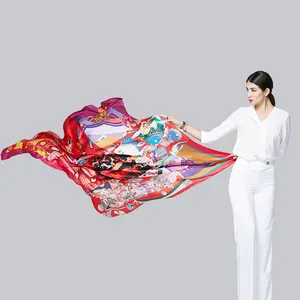

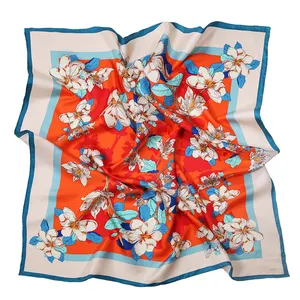











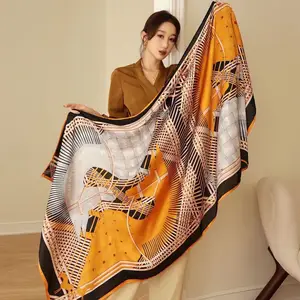
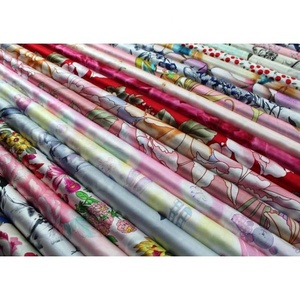


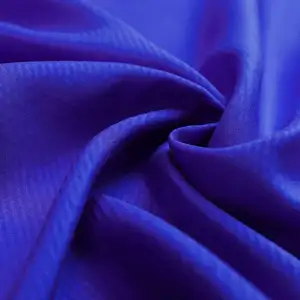



















 浙公网安备 33010002000092号
浙公网安备 33010002000092号 浙B2-20120091-4
浙B2-20120091-4